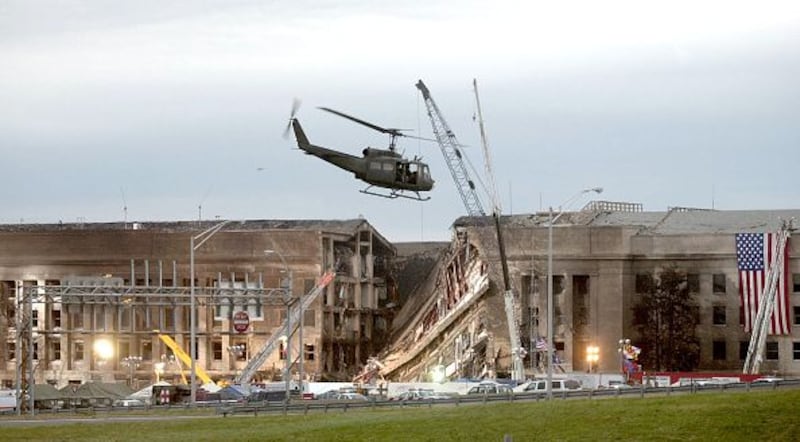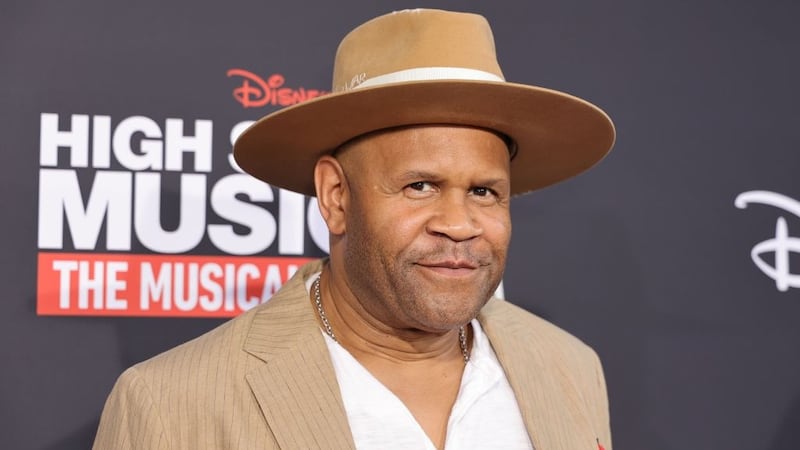PITTSBURGH — The entire city of Pittsburgh trying to leave the city at the same time. That was the scene in our city on the morning of Sept. 11, 2001.
Former police chief Robert McNeilly was testifying in federal court when he heard about the attacks on New York, and then the Pentagon. He knew he had to keep those in Pittsburgh safe as they tried to get home to family.
“If you think about, think about a football stadium with 90,000 people in it. The game’s over. Everybody can’t get out at the same moment. It’s like the sand in an hourglass. There’s only so many ways out,” McNeilly said.
It was a mass exodus from businesses and high-rises Downtown.
“There are a lot of people just leaving town. Everybody was getting in their cars and leaving. And that became a big job trying to get people out of town,” McNeilly said. “In addition, we were trying to gather information as to what was happening around the country, because we thought there were still planes missing that were not accounted for.”
The thoughts then turned to protecting areas that could be targets in Pittsburgh.
“Well, we were concerned, trying to think of all the different targets where somebody might have wanted to attack, and in our area, because nobody realized how many planes there were going to be and how many cities, they were going to hit and what locations they’re going to try to hit. But we do have some places in Pittsburgh that were, I would think targets. Carnegie Mellon, for instance,” McNeilly added.
Though everyone rushed home with their sense of security shattered ,all made it safely.
But protecting everyone in the days, weeks, months and years following the 9/11 attacks became one of the nation’s top priorities. Changes were made that still are in effect today.
Those include greater security at airports, like Pittsburgh International. Less than two months after the attack, President George W. Bush signed a law to create the Transportation Security Administration. Over the years, the TSA has added explosive detection systems, full-body scanners, and pre-check measures.
Another major change was the creation of the Department of Homeland Security. Bush nominated then-Pennsylvania Gov. Tom Ridge to be the first secretary.
“With his unique military background, and the patriotic guy he is, he could not say no to President Bush,” said then-Lt. Gov. Mark Schweiker.
Ridge served in Homeland Security for more than two years and worked to create the color-coded threat system and strengthen our borders and intelligence gathering.
One of the longest-lasting effects of 911 was the war in Iraq and Afghanistan. It was a 20-year war that left more than 4,000 U.S. troops and hundreds of thousands of Iraqi and Afghan civilians dead.
Hundreds of thousands of U.S.-led coalition troops served in the war, including McNeilly. While he was still chief of Pittsburgh Police, he was called up twice as a reserve with the U.S. Coast Guard.
McNeilly is proud of his service, and thankful for the men and women who fought in the wars.
“Those service members who served during those 20 years, they’ve contributed to our continued lack of attacks in the United States. So, I’m thankful for them and the sacrifices they made, and their families made for our protection. We’ve been pretty safe for the last 20 years,” McNeilly said.
TRENDING NOW:
©2021 Cox Media Group






